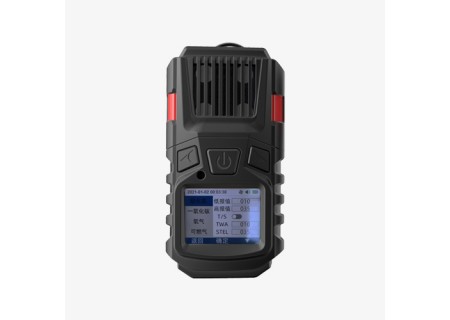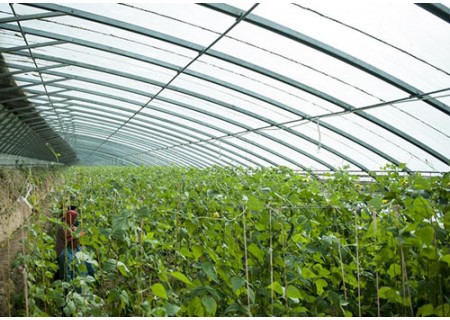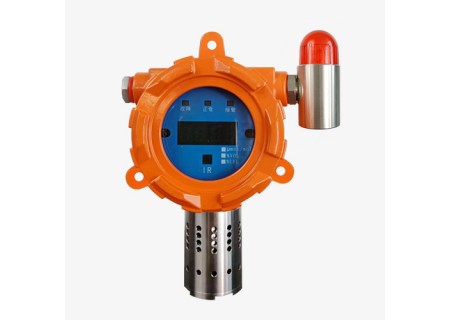What is ppm in gas sensor?
-500x500.jpg)
"PPM" is the volume specific concentration: "PPM" is a way to express the concentration of a solution, PPM means parts per million.
For solutions: 1/1000 milliliter of solute in 1 liter of aqueous solution gives a concentration of 1 PPM.
For gases: One of the methods of expressing the concentration of pollutants in the ambient atmosphere.
Volume concentration representation: the volume number of pollutants contained in one million volumes of air, i.e. PPM, most of the gas concentration measured by gas sensors are volume concentration (PPM), and according to the regulations of our country, especially the environmental protection department, it is required that the concentration of the gas is expressed in the unit of mass concentration, and the standard specifications of our country are all expressed in the unit of mass concentration. It is manufactured by utilizing the principle that the conductivity of some metal oxide semiconductor materials, at a certain temperature, changes with the composition of the ambient gas.
If the concentration of a gas is 200 ppm, it means that there are 200 cubic meters of this gas in 1 million volumes of air. ppm is a common unit used by gas detectors and gas sensors, and it is generally used for the labeling of non-flammable and explosive gases as a unit or as an alarm indication (flammable and explosive gases are labeled with %LEL).
The use of mass concentration unit (mg/m3) as the air pollutant concentration of the method of expression, can be convenient to calculate the true amount of pollutants. However, the mass concentration is related to the temperature and pressure environmental conditions of the gas to be detected, and its value will be different with the change of temperature, air pressure and other environmental conditions; the actual measurement needs to determine the temperature and atmospheric pressure of the gas at the same time. In contrast, when ppm is used as a description of the pollutant concentration, this problem does not arise due to the volume ratio taken.
The gas concentration measured by most gas detection instruments is the volume concentration (ppm). And according to our regulations, especially the environmental protection department, it is required that the gas concentration is expressed in the unit of mass concentration (e.g.: mg/m3), and our national standard specifications are also used to express the unit of mass concentration (e.g.: mg/m3). What is the relationship between these two gas concentration units mg/m3 and ppm? How are they converted?
Conversion between ppm and mg/m3
mg/m3=M/22.4-ppm-[273/(273+T)]*(Pa/101325)
In the above formula: M ---- is the molecular weight of the gas; ppm ---- measured volume concentration value; T ---- temperature; Pa ---- pressure
With this formula, we can easily get mg/m3 from ppm, or reverse the calculation.








-450x320.jpg)


